|
5/25/2018 0 Comments Audio for Video - Comparing the camera mic vs. Rode VideoMicro and Audio Technica ATR3350Do you want to improve the audio in your video recordings? No matter if you use a smartphone or a big camera, the right mic for the job can make a big difference in audio quality. After our recent PPN More Gear Show #13 where we discussed the basics of recording video with your camera, we also covered the audio part to go along with your video. I promised in the episode to give recording video a shot and share it with our audience. And to make the first video helpful, I decided to test three different audio setups for in camera audio recording. And yes, the video is supposed to be in B&W - I just like it better that way ;-) Let me know what you think and if you would like to see more videos like this at PPN in the future. You can subscribe to our YouTube channel here: https://www.youtube.com/channel/UCWaUn2M1BBoecISFEOJGRCg Products tested in this video. If you want to buy one of the products, you will support PPN if you purchase them through our affiliate link :) Fuji X-T2 in camera mic Fuji X-T2 at B&H: https://bhpho.to/2J6aufO Fuji X-T2 at Amazon Germany: https://amzn.to/2s6872K Rode VideoMicro B&H: https://bhpho.to/2ktSr5b Amazon Germany: https://amzn.to/2IKEjDl Audio Technica ATR3350iS B&H: https://bhpho.to/2KSTfMb Amazon Germany: https://amzn.to/2Lwuoiy AuthorMarco Larousse is a journalist and a fine art, street and documentary photographer, a educator, speaker, and podcast producer of photography related topics - MarcoLarousse.com. Marco has a background in photography of 30+ years.
0 Comments
|
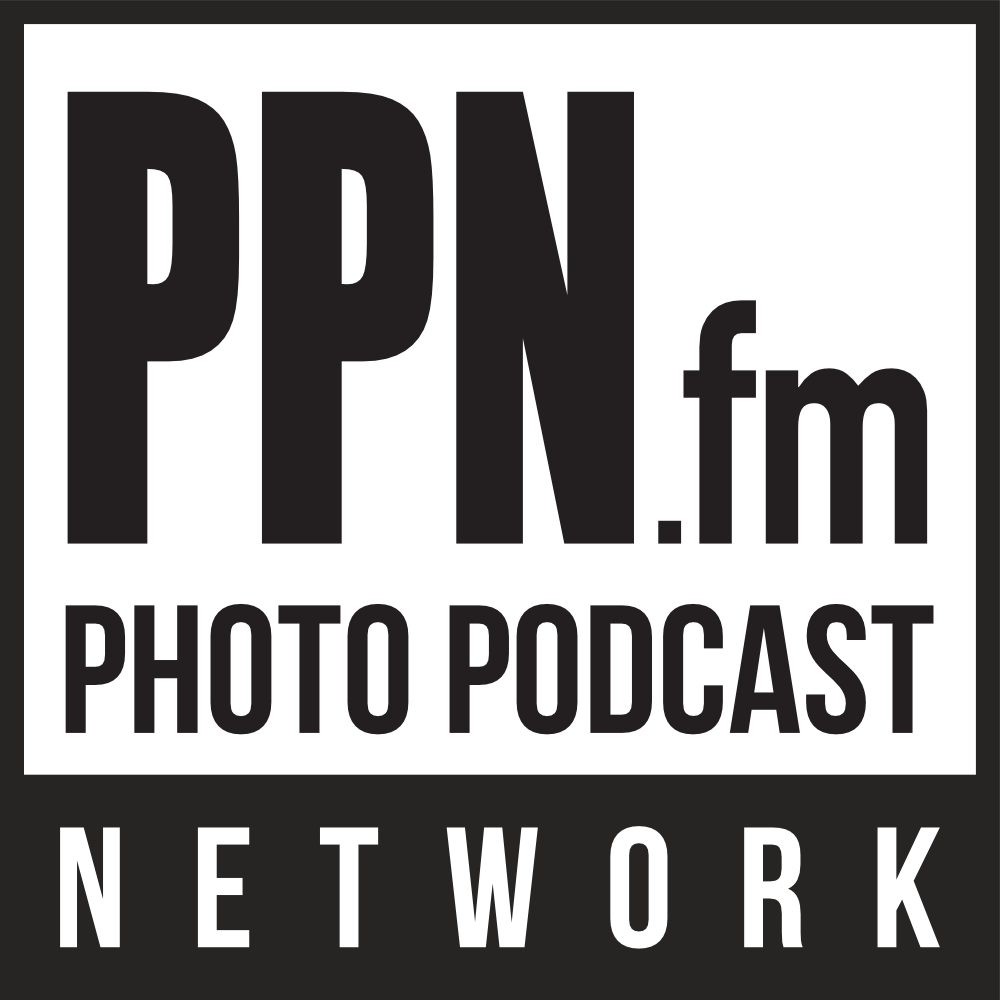


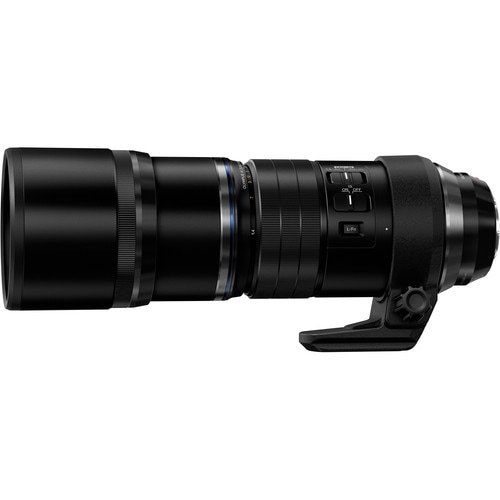
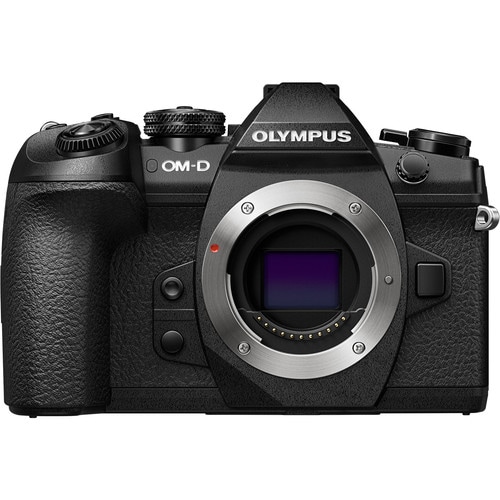
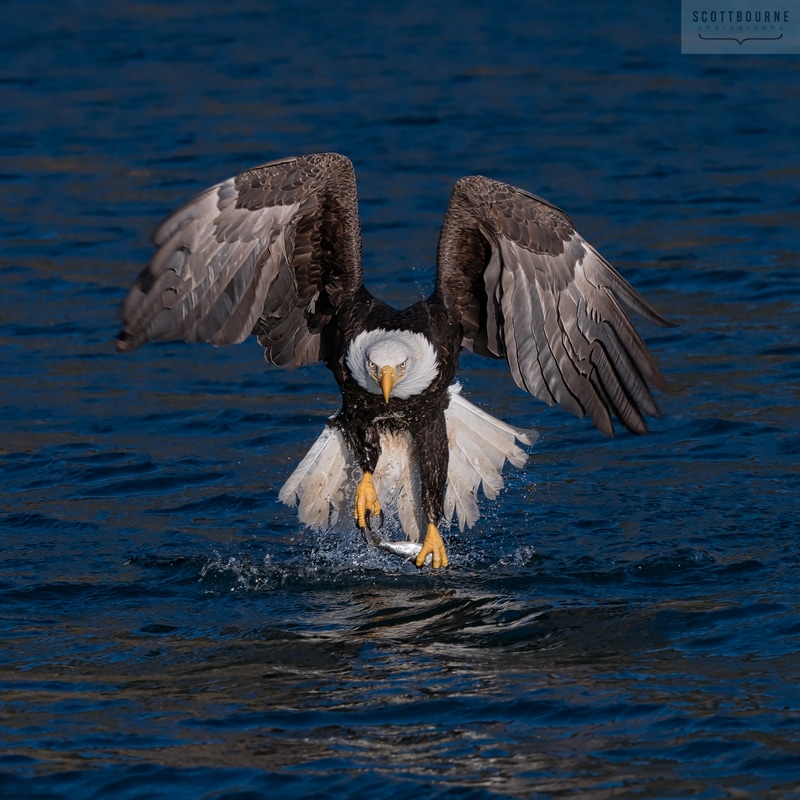
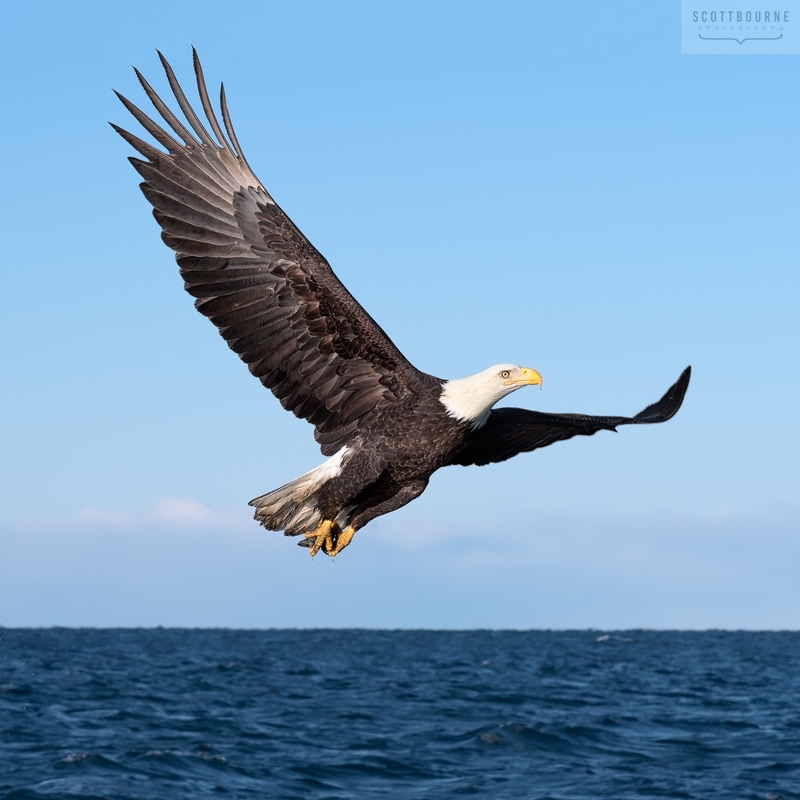
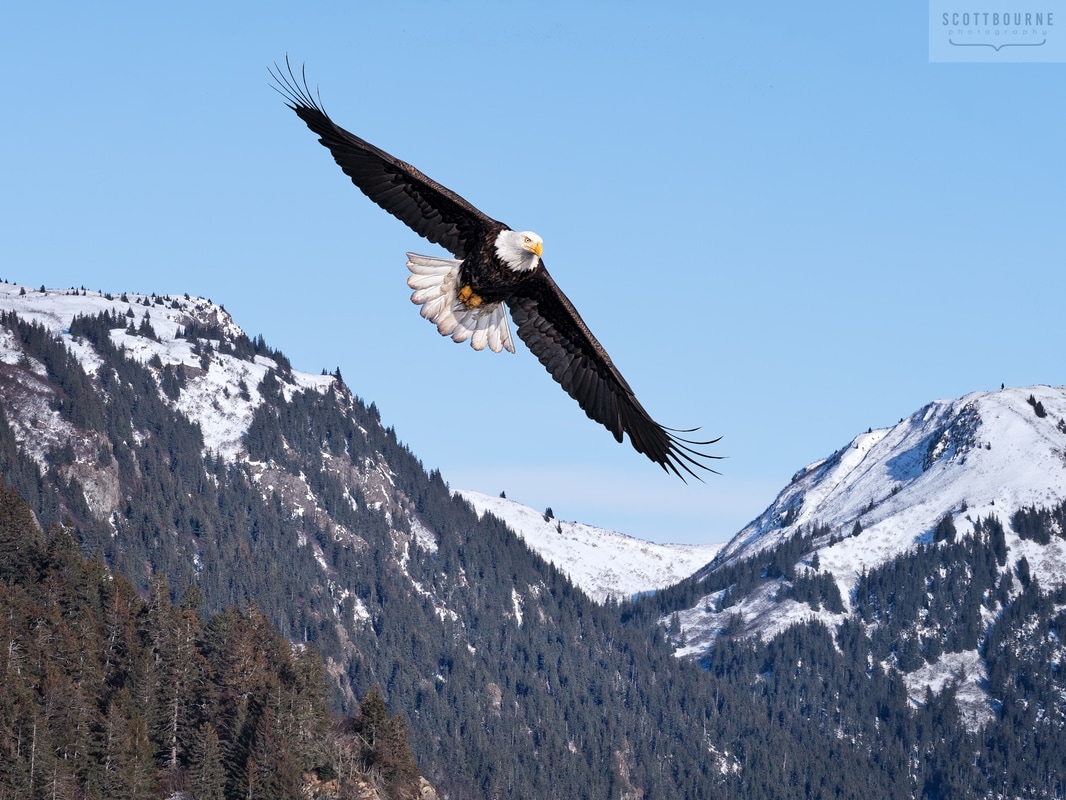
 RSS Feed
RSS Feed